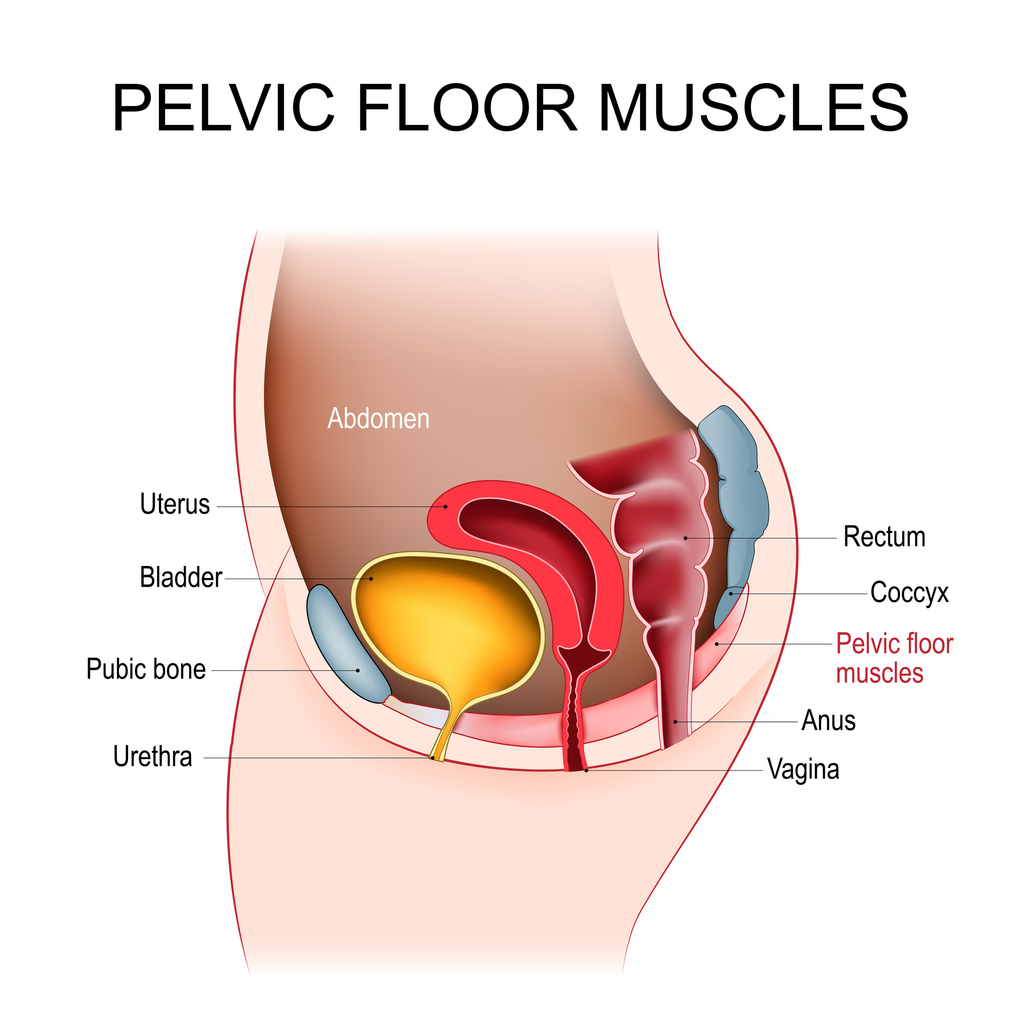Medically reviewed on 3/6/25 by Dr. Sarah Clampett, PT, DPT. | Written by Progyny Editorial Team
One of the possible changes your body may experience during pregnancy and childbirth is the weakening or even overactivation of your pelvic floor, which includes the muscles that support your bladder, uterus, vagina, and bowel. These structures can be strained as your pregnancy grows and can be impacted regardless of whether you have a vaginal or cesarean delivery.
PFT is a powerful treatment to maintain and/or restore your pelvic floor through these changes. It’s recommended that you start this therapy early in your pregnancy, if possible, to establish a baseline of your pelvic floor health. However, whether you’re preparing for delivery or recovering postpartum, this therapy strengthens and retrains these vital muscles to reduce discomfort and support long-term health.
What Is PFT?
It’s a type of physical therapy focusing on strengthening and rehabilitating the muscles, ligaments, and connective tissue that support your bladder, uterus, vagina, and bowel. It can also be effective at reducing pelvic pain and discomfort.

During pregnancy, your growing uterus stretches these muscles and increases pressure on the surrounding structures. The strain of these muscles can lead to conditions such as:
- The accidental leaking of urine, clinically known as urinary incontinence.
- Prolapse, which is when pelvic organs like the bladder, uterus, or rectum drop into the vaginal or anal canal.
- Pelvic pain.
Additionally, your body releases a hormone called relaxin during pregnancy to loosen the pelvic joints and ligaments, the connective tissue between bones, to allow a baby to pass through the birth canal. That loosening increases the strain on the pelvic floor muscles.
PFT includes exercises like long and short contractions of your pelvic floor muscles, as well as exercises to ensure you are properly coordinating the timing of your pelvic floor muscle contractions.
Common pelvic floor exercises include the following:
- Pelvic floor lengthening
- Kegels
- Bridge pose
- Squats
- Pelvic tilts
- Bird dog
- Long squeezes
- Short squeeze
A physical therapist can create a treatment plan that includes a variety of exercises based on your needs. They provide education, manual therapy, breathing and posture training, and functional exercises too.
Importance of PFT Before and After Birth
Before birth
PFT focuses on exercises that help these muscles remain strong throughout pregnancy. It can also help you identify, engage, and lengthen your pelvic floor muscles, which are necessary for birthing. With a stronger connection to these muscles, you can push more effectively and lower your chances of difficulties during labor and delivery.
After birth
Childbirth, whether vaginal or cesarean, has a substantial impact on the pelvic floor. Vaginal birth can stretch pelvic floor muscles and tissues. Even cesarean births can damage the pelvic floor due to the abdominal trauma caused by surgery, sometimes leading to the overactivation of the pelvic floor.
Therapy can lessen the chance of pelvic organ prolapse and chronic urinary incontinence by addressing these challenges early on. PFT after childbirth improves muscle strength, tone, and coordination and helps with healing and increasing sexual function.
Please reach out to your Pregnancy & Postpartum Coach to learn how Progyny can support your pelvic floor health.
